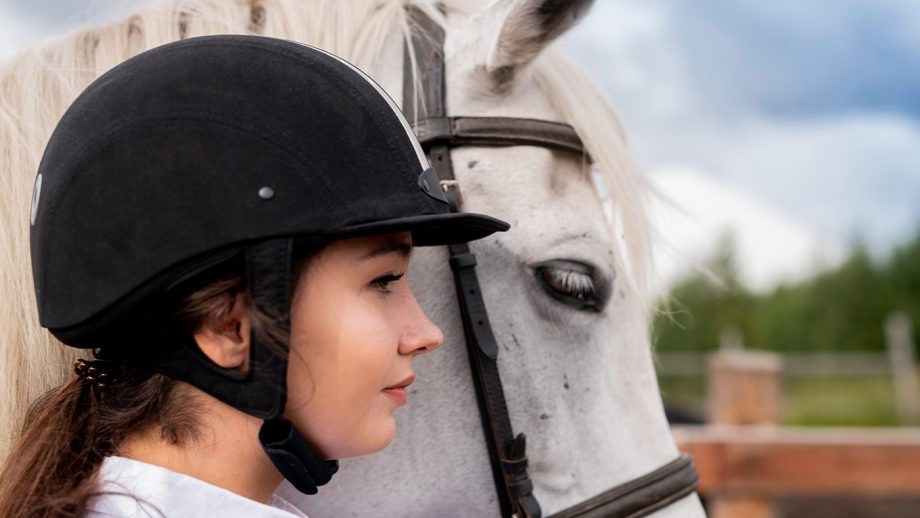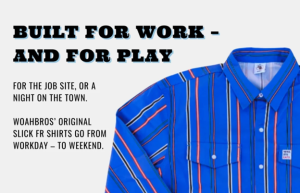The Different Types of Horse Riding Helmets

Horse riding helmets are an essential piece of safety equipment for any equestrian. They protect riders from head injuries in the event of a fall or accident and can help to minimise the severity of any potential harm. In this blog, we’ll explain the different types of horse-riding helmets available, and provide tips for selecting the right helmet for your needs.
Types of Horse Riding Helmets
The most common type of helmet used by equestrians is the velvet-covered, lightweight hardshell helmet. This type is designed with a shock-absorbent inner liner to help protect riders against head trauma. Most helmets also have adjustable straps that allow them to fit comfortably on different sized heads. Many also come with removable liners to make them easier to clean and maintain. For added protection, some helmets also come with additional padding or neck straps.
The second type of helmet is a jockey-style helmet, which offers more protection than traditional hard shell helmets due to its thicker outer shell and extra padding around the sides and back. This style is typically used by professional riders in competitive events such as show jumping or dressage. Jockey-style helmets are also popular among recreational riders who want extra protection while out on their rides.
Lastly, there are full-face horseback riding helmets that offer complete coverage for maximum protection against impact during falls or accidents at high speeds. These helmets usually feature an adjustable chin strap for a secure fit as well as vents for better air flow. Full-face riding helmets are often used by racers in competitive events such as cross country jumping or polo matches where speed is a factor.
Which Helmet is Right for Me?
The answer depends on several factors including your skill level as a rider, your budget, and what type of activities you plan on participating in while wearing the helmet. If you’re just starting out or riding at low speeds, then a traditional helmet should offer sufficient protection without breaking the bank. For more experienced riders who engage in higher speed activities such as show jumping or eventing, it’s best to invest in a modern helmet with enhanced safety features like shock absorption technology or adjustable ventilation systems.
No matter what kind of rider you are—whether you’re a beginner just starting out or an experienced competitor—a horse riding helmet should always be part of your gear! Different types offer different levels of protection so it’s important to choose one that fits your specific needs and preferences best. To ensure maximum safety, remember to always check your helmet before each ride for signs of wear and tear and replace it if necessary!




